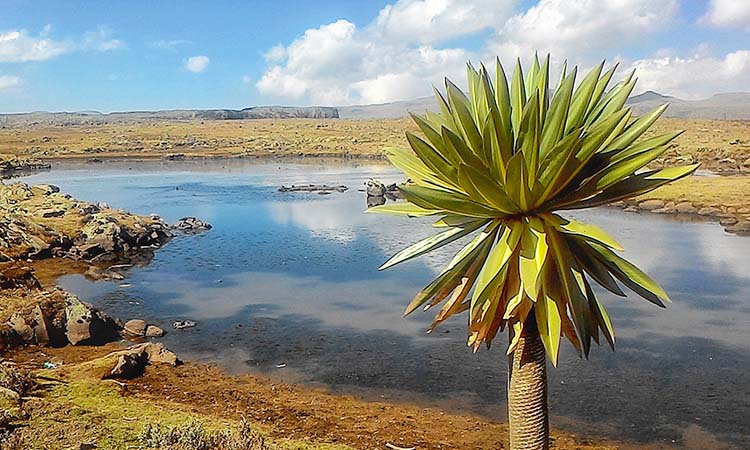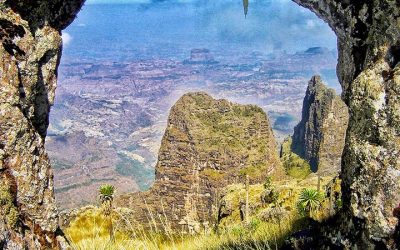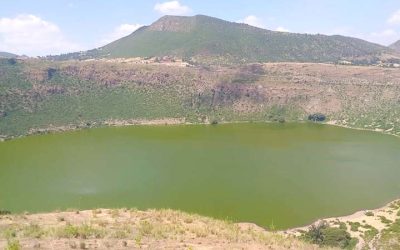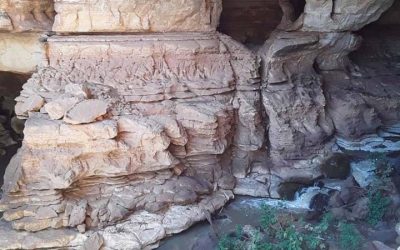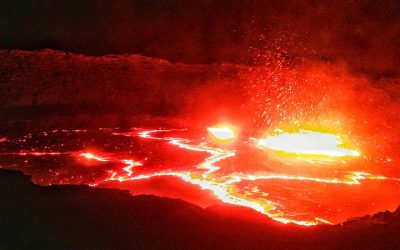Bale Mountains
The Bale Mountains were formed prior to the creation of the Rift Valley, from lava outpourings, which covered all underlying rock formations between 38 and 7 million years ago. The rocks of the volcanic outpourings are predominantly trachytes, but also include rhyolites, basalts and agglomerates, and tuffs. The Bale highlands area consists of a vast lava plateau with at least six volcanic cones, each more than 4,200m. These cones have been considerably flattened by repeated glaciations.
There have been at least two glacial periods in the history of the mountains. These specific mountains were glaciated as little as 2,000 years ago. During the last ice age, the Bale Mountains were one of the most extensively glaciated areas in Ethiopia, with a total of approximately 180km2 of ice. There was a 30km2 ice cap around the peak of Tulu Dimtu on the Sanetti plateau and individual glaciers of considerable thickness reached down to 3,200m. As a consequence, the landscape as we see it today is the lava outpourings modified by over 20 million years of erosion by water, wind and ice.
There are certain geological features that remain an enigma to geologists and glaciologists, such as the striations (or boulder grooves) that appear on shallow hillsides on the Sanetti plateau. Boulder grooves, till ridges and numerous glacial valleys, such as the Togona Valley on the northeastern slopes of the Sanetti plateau, provide evidence of the ice age effects on the landscape of the Bale Mountains National Park. Until the beginning of de-glaciation (13,000 to 14,000 years ago), the snowline was at 3,700m and the upper tree limit in the Bale Mountains was well below 3,000m. Fluctuations in climate over the last historical period, including the last 3,000 years, have dramatically affected vegetation and other biodiversity in the highlands.

